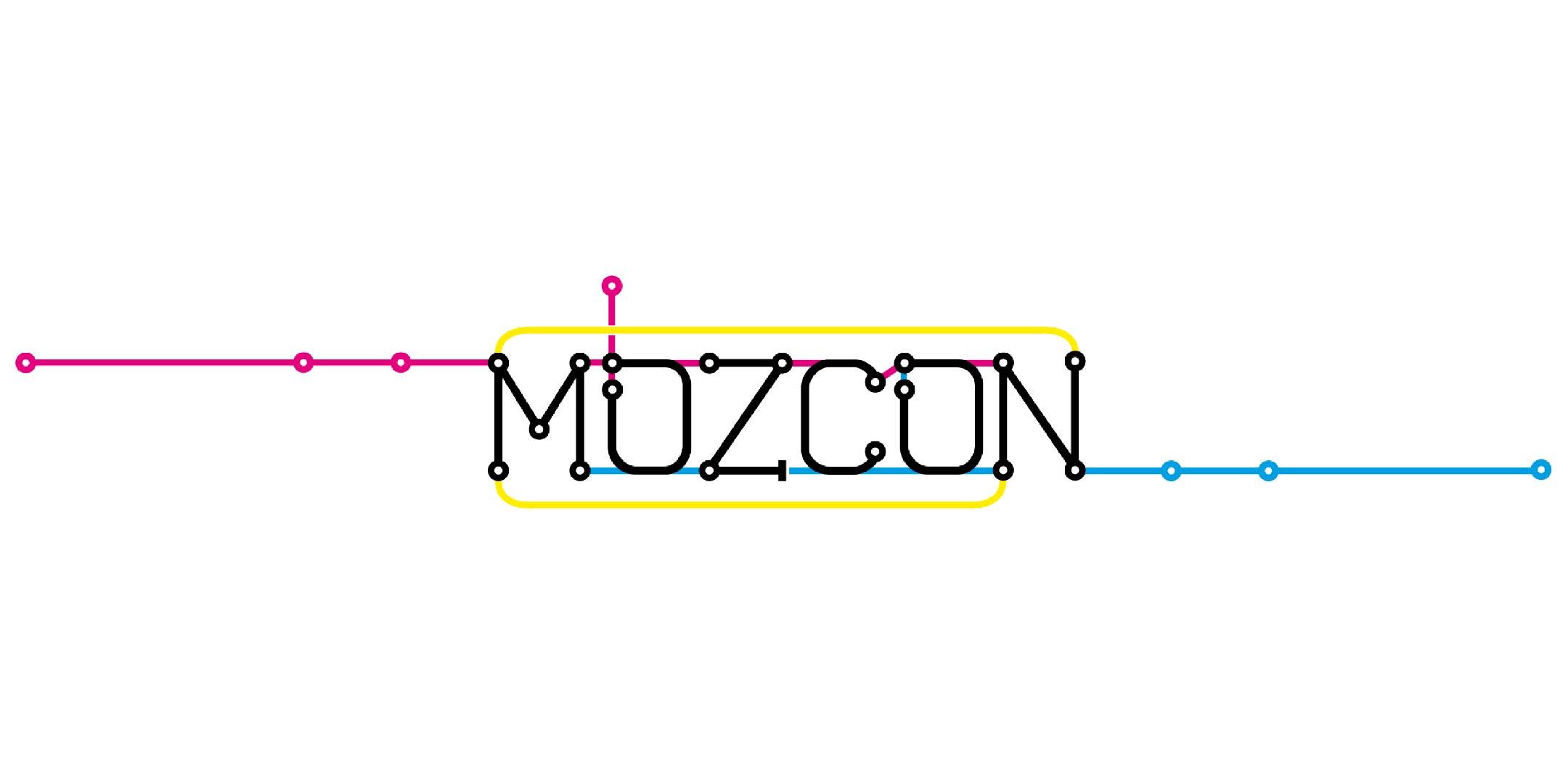
A Recap of MozCon 2018
MozCon 2018 was a busy event for me. There were smart, charismatic speakers on stage and opportunities to network with SEOs from around the world. I quickly made it my goal to not only attend the sessions and learn from the speakers, but to also see what other professionals in the industry were doing. I was suspicious that the pros on stage would hold back on the insights and speak more openly when there was less of a chance that they would be misquoted on Twitter, or that their key competitive advantages would become widely known. I was right. So, I have some insights to share that were not from the stage.
Before we get to that, let’s talk about three things I took away from the speakers.
1. Google is building conversion funnels directly into search to drive people toward an ad.
2. Build resources, not blogs—how Tortuga created a model that we can all follow.
3. The number one reason your clients are leaving you—how one SEO agency retains more than 90% of their clients.
Google’s Conversion Funnels
Google is trying to keep people on google.com just long enough to click on an ad. They’re doing this in subtle ways that direct people to an ad over an organic search result. It is basically a conversion funnel built directly into search. We need to be aware when these things happen because it can dramatically change the amount of traffic being sent to websites through organic listings.
The concept itself is a little confusing, so I made a video that shows what I’m talking about.
Video Transcript:
Good morning, everyone! Today I’m going to talk about how Google makes money and what that means for search. There are really only a few ways that Google can make money, but they are very good at it. I’m going to focus on one particular strategy they use, which is how they get people to click on ads more often, using a real-life example.
Here’s a search I ran just looking for some information. I typed: “what shoe is best for running trails.” As I was typing it in, Google offered a “suggested search,” which is the autofill option you get when you’re typing something in. Let me show you:
Now on its surface this looks like the same question I’m asking. They tried to direct me to a result for “what shoes are best for trail running.” Let’s take a look at the differences.
In the first search, you can see a featured snippet appeared at the top, no ads. This is informational. I’m not ready to buy, I just want to know things like what features and benefits I should look for, or what brands are best.
So, Google tried to send me to a different search. Notice this one is “what shoes are best for trail running” and this one has shopping ads at the top. This was a brilliant move on Google’s part. They made a suggestion to move me from an informational search with no ads to one where not only are there ads, but there are ads that people tend to click on a lot. Many people will open several of these shopping ads as they browse so they can compare the listings side by side, and every click makes Google money.
We’re seeing this more and more often. For example, earlier this year Google began showing more YouTube videos in search because you click on a video and guess what? There’s an ad!
How does this impact search and our clients? Well Google is trying to refer less organic, free traffic to websites and increase ad spend on their platform. So, when we see new features on Google, we need to try to understand how it affects Google’s revenue streams, because it can also impact our clients and how much free traffic is referred to their site from Google.
That’s all for today. Thanks for watching!
Build Resources, Not Blogs
Tortuga is an interesting company. They started their own category surrounding the “urban backpack.” It didn’t quite stick, but they found an audience with their niche product and managed to launch some pretty cool SEO campaigns. One of their most successful was their blog transformation.
Instead of having a true “blog,” they focused on building resources that their audience might care about, like a “free carry-on packing list.” This free packing list is great because it ranks well for terms relevant to their business, provides something useful in exchange for an email and works as solid link bait. In the past we would call this cornerstone content, but I think a “collection of resources” is more suitable.
I love this approach for its simplicity and focus on the user. Blogs do actually get a lot of traffic and engagement, but they are notorious for being inefficient at converting readers into paying customers. With a collection of resources, that’s not a problem. And what’s better is that this model is something we can replicate for any of our clients, because everyone has customers with problems that need solving.
The number-one reason clients are leaving you is because…
Surprise, surprise, it’s all about communication. Meredith Oliver of Meredith Communications, a digital marketing agency based out of Raleigh, North Carolina, opened up about her mediocre retention rate. She was hovering just over 50%—even losing clients they were getting fantastic results for. After some light digging she discovered the cause—the clients did not know what she was doing for them.
She instituted a mandatory monthly phone call with her clients to go over their campaigns, results and upcoming initiatives. It’s a true testament to the power of communication that her retention rate is now over 90%. She budgets an hour phone call with each client monthly and has never looked back.
Meredith also said something that I thought was funny and insightful. When she jumps on a call with a prospective client, she asks why they are coming to her for help. When they respond that they have someone they are working with but “we don’t know what they’re doing over there,” she knows she is “about to make some money.”
Lesson learned: Talk to your customers at least monthly and make it mandatory.
Insights Off-Stage
There’s nothing quite like networking to bring out the real nuggets of wisdom. There are some cool people out there doing stuff that will never hit the mic, so I’m going to feature some of the work they’re doing here.
Why does Disneyland need SEO?
A lot of people think of SEO as a discovery tool. Rank high in search results for someone looking for “pest control near me” and leads will come in. It’s that easy, right? What happens when you’re a globally known theme park like Disney Land? What on earth do you need an SEO for? People aren’t going to “discover” you online. They already know about you. “Theme parks near me” is not a money term for Disney Land.
Well, Disney is creative, and it’s hard to beat their imagination. Their SEO strategy is to build integrations with Google into their theme park. For example, you will soon be able to look at your phone and say, “Ok Google, where is the nearest bathroom?” and get step-by-step instructions to get to the nearest restroom in the park. This is one example of the way SEO is beginning to take shape as a form of marketing that builds experiences and solves problems outside the realm of simple discovery, and a great example of how SEO can integrate flawlessly with a brand.
Link Building for Local SEO
Historically we’ve ranked local businesses without needing to build links for them. We’ve crushed it by focusing on content that is perfectly optimized to the local searcher, and it works great about 90–95% of the time. However, local markets can be fierce, and they’re all a little different. When you get into a market that has a lot of local businesses that have optimized their local listings, technical structure and on-page elements, the only area left to compete in is link building.
That can be a little difficult. A brand like Disney can get links all day. It’s easy. People want to link to big brands. But when you’re an HVAC contractor, it can be tough to get anyone to link to you. So, I sat down with Mike Ramsey, the president of Nifty Marketing, to find out what he does when he’s stuck in local rankings. He was also one of the on-stage speakers. Getting to speak to him offstage was great; he’s a stand-up guy and was very open about the things that move the needle for his clients, which happens to be a lot of lawyers.
When you’ve done everything else, he recommends building local links. It doesn’t matter what link it is or where it’s from, as long as it is local and real, not the spam nonsense that people used to do (and sometimes still do). This means getting buy-in and investment from the client, and it can be thousands of dollars to build a solid campaign. One tactic he recommended is scholarships. Scholarships still work great, but it must be a real scholarship and it must be meaningful. A measly $250 is not going to make news. Offering $2,500 might. You can build some relationships with that. Would a high school or college website have a page for students to apply for a scholarship? You bet your sweet student-loan bill they would. If you offer a scholarship large enough, you could also send out a PR blast to your local area, and get picked up in the news, further building links.
But is this really SEO? It sounds like a PR campaign, doesn’t it? And isn’t this something you would expect a brand marketer to be a part of? That leads me to…
The Big Takeaway
What I love about this is that it shows how SEO is not just an industry stuck in a silo as it was 10 years ago. It is becoming more and more about working cross-functionally with other disciplines and requires real marketing. It is not just about optimizing anchor text or updating a Google My Business profile. You are solving real problems, building relationships and elevating brands. It requires technical knowledge, creativity and soft skills that in the past were redundant to ranking. The only SEOs who will be worth giving a check to in future years are the ones who understand that the game has changed and it is not about gaming Google. It is about people and relationships, as well as about understanding how Google values those things and works it into their algorithm.
That’s all. Thank you for reading!



